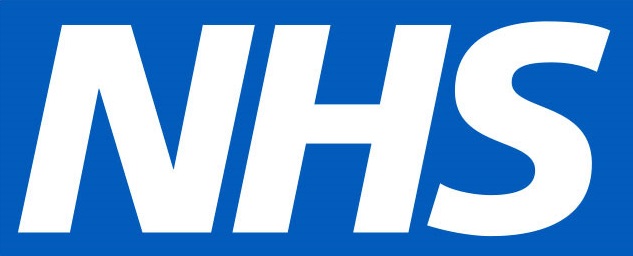Vasectomy
Avoid months of sitting on a vasectomy waiting list – book a hassle-free procedure with Independent Health Group

Short waiting time

Recommended by 99% of our patients

What is a vasectomy?
A vasectomy is a minor surgery and form of male birth control that is used to cut the supply of sperm to the semen.
Typically carried out under local anaesthetic, the procedure is quick, minimally invasive and more than 99% effective.
Once done, having a male vasectomy means you will not need to worry about using other forms of contraception again.
By cutting or sealing the vas deferens – the long muscular tube that carries sperm from the testicles to the urethra – a vasectomy prevents sperm from mixing with semen during the ejaculation process, making you sterile.
Do you need a vasectomy?
Why book a vasectomy with Independent Health Group?
With facilities spread throughout England, we aim to provide patients with easy access to all kinds of surgical procedures, including vasectomies.
Our team at Independent Health Group embrace a community-centred approach throughout all of our clinics, helping patients bypass the long NHS waiting lists to arrange private vasectomies with ease and convenience.
Each of our UK-based facilities is comprised of a network of specialist surgeons and supportive staff that will always put your needs first. For this reason, more than 99% of our patients would be happy to recommend our services to their friends or family.
What our patients say
Very friendly people and quick and easy service
Hathaway Medical Centre – Apr 24
Extremely friendly, courteous service and made me feel very at ease.
Kingskerswell Health Centre – Apr 24
Made to feel very welcome and at ease and with very little pain
Hathaway Medical Centre – Mar 24
Experience with the surgeon and nurse was excellent and kept me at ease
Kingskerswell Health Centre – Mar 24
Brilliant service – Love the country music!
Kingskerswell Health Centre – Jan 24
Amazing friendly team! Calm, made me feel relaxed and I didn’t feel a thing throughout the procedure. Can’t thank you enough!
Hathaway Medical Centre – Jan 24
Very welcoming, made you feel as comfortable as possible.
Kingskerswell Health Centre – Nov 23
Totally professional, friendly, welcoming.
White Horse Medical Centre – Nov 23
Much easier than going to Torbay + very friendly.
Kingskerswell Health Centre – Oct 23
Friendly, professional and explained what was happening every step of the way. No trouble, no drama.
Hathaway Medical Centre – Oct 23
Excellent service, great staff. Fully informed.
White Horse Medical Centre – Sept 23
Friendly, funny but professional.
Kingskerswell Health Centre – Sept 23
Get in touch

